

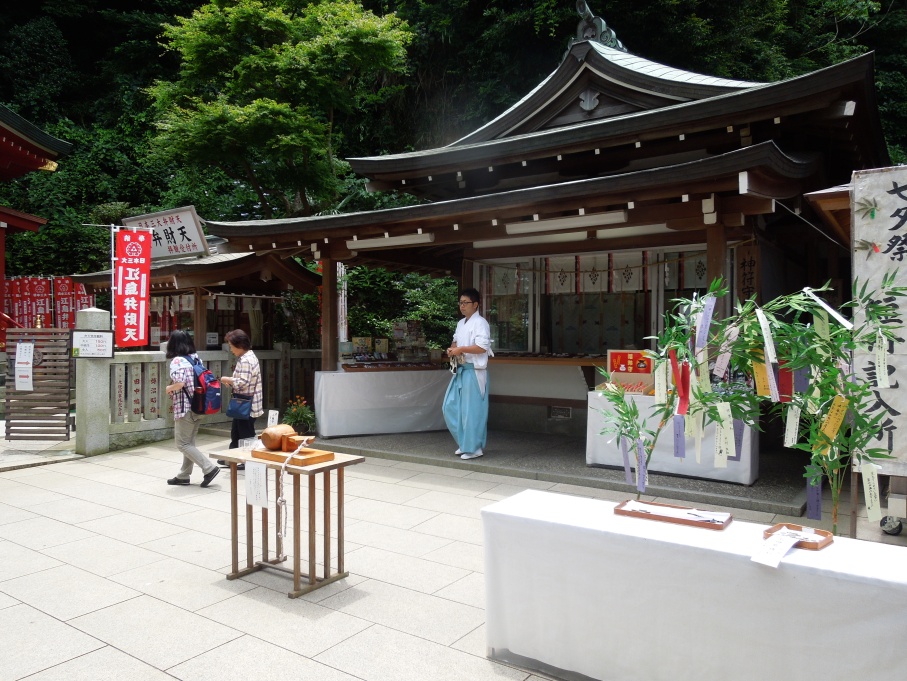


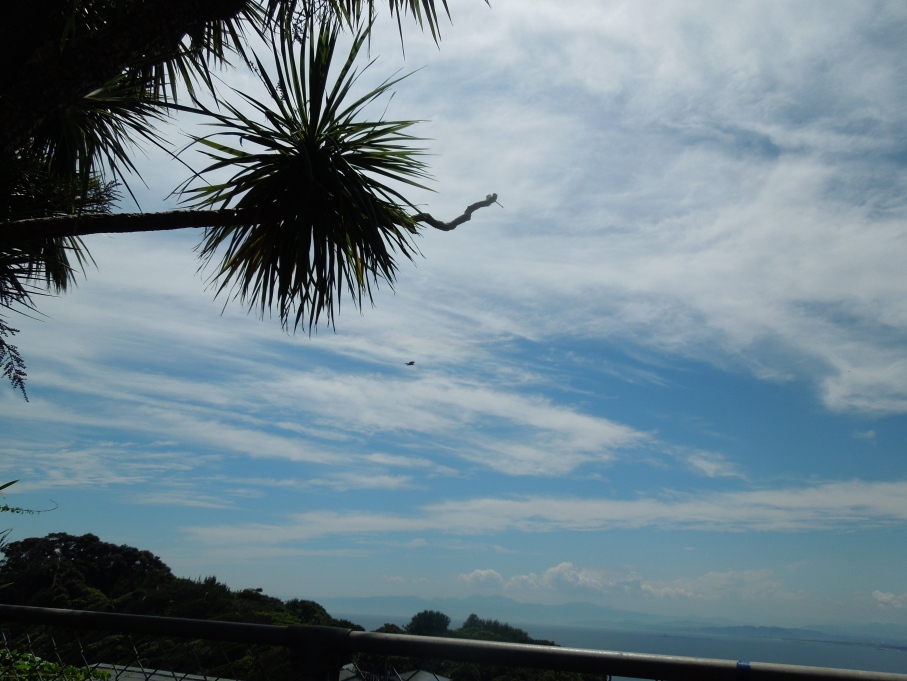
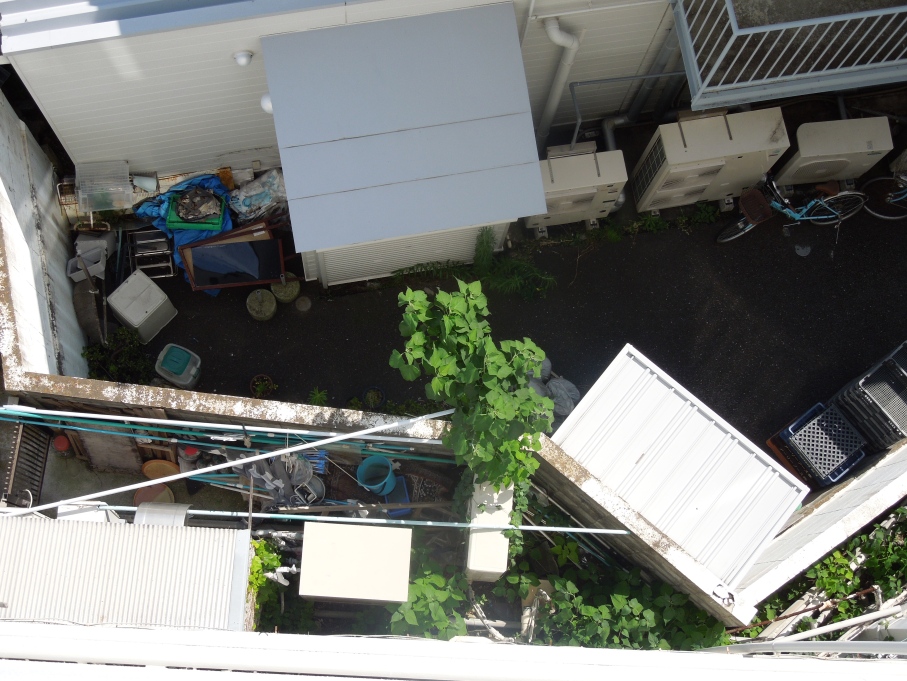
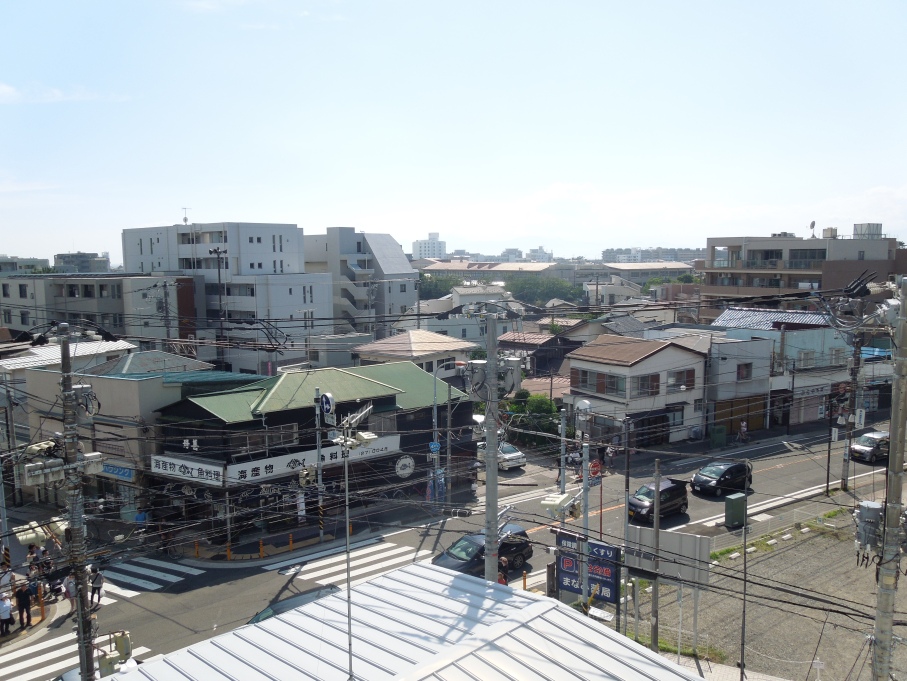
photography
Atami
Letztes Wochenende war ich mit einer Freundin in der Küstenstadt Atami, auf der Izu Halbinsel.

Wir hatten Glück mit dem Wetter, Samstag war es sehr warm und sonnig, also sind wir zuerst sofort zum Strand gegangen.

Das ist meine wunderschöne Freundin Zhonghui mit der ich unterwegs war.
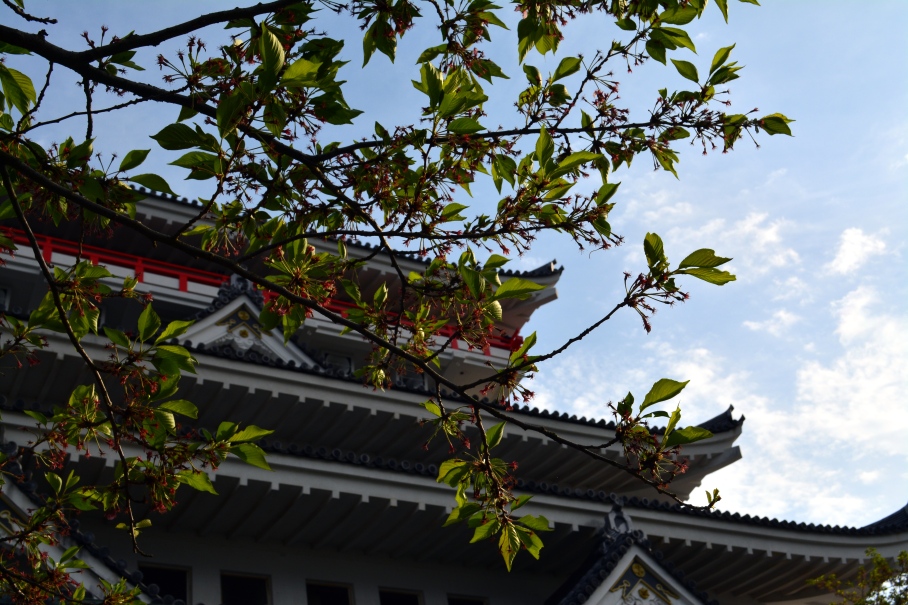
Danach haben wir uns die alte Burg auf dem Berg angesehen und dort ein Fußbad mit dem Wasser der heißen Quellen der Stadt gemacht.

Abends waren wir dann noch ein bisschen am Strand unterwegs.



Am nächsten Morgen waren wir im Kinomiya Schrein.
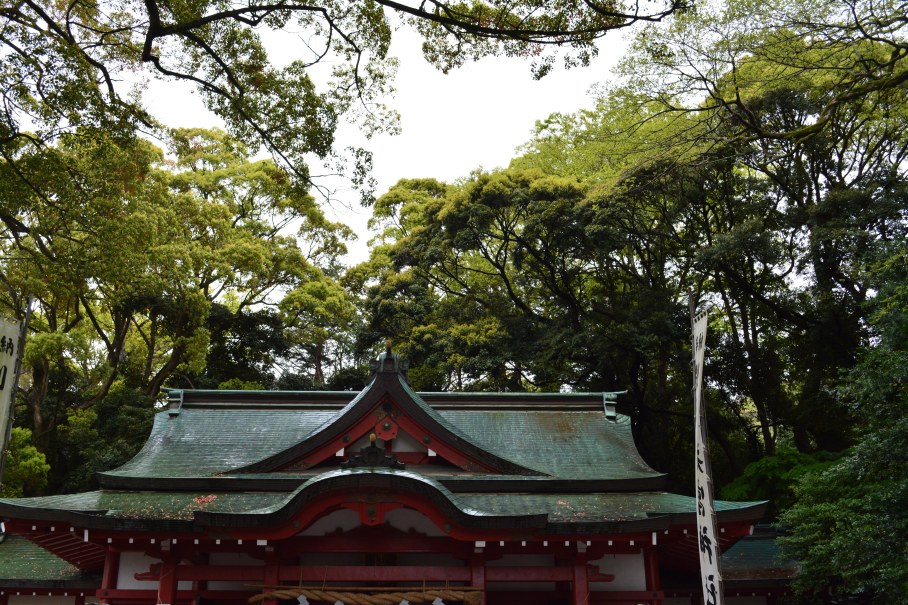
Dort gibt es einen 2000 Jahre alten Baum, zu dem manche Leute auch gebetet haben.




Some Sakura from Tokyo
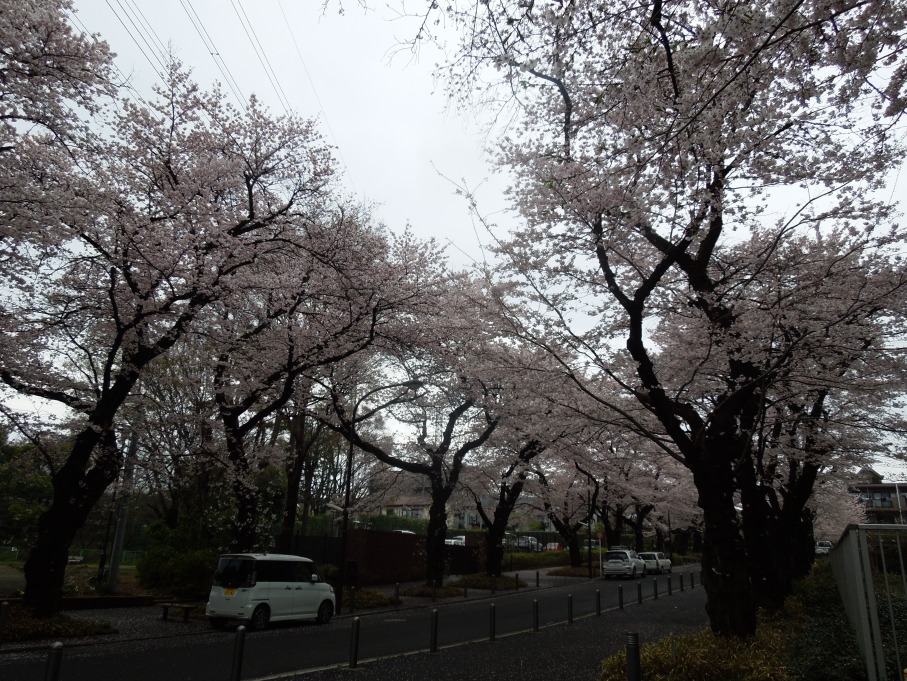
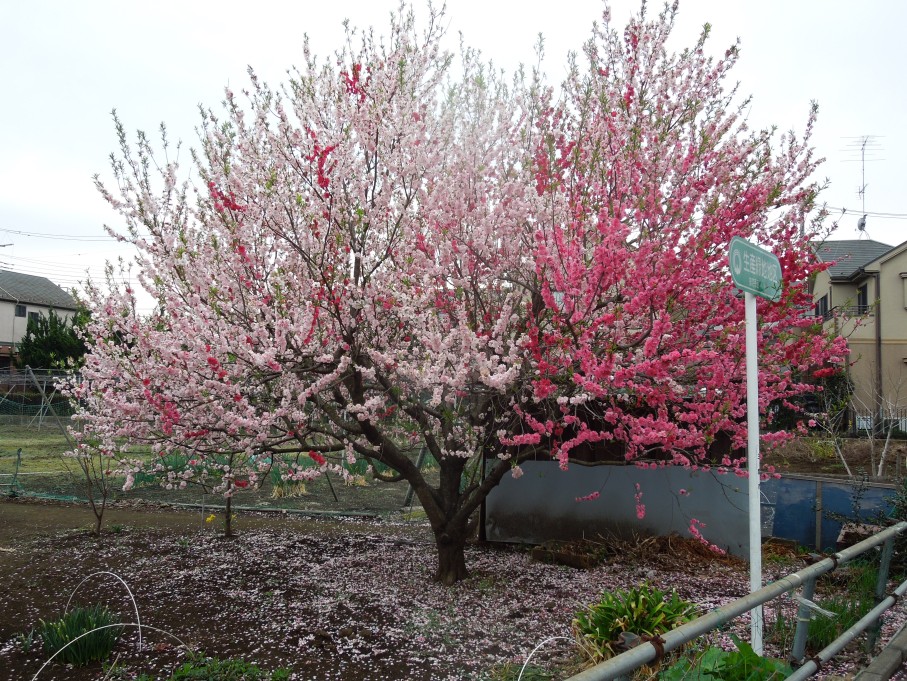


Unfold your own myth

Toda Tribe
-
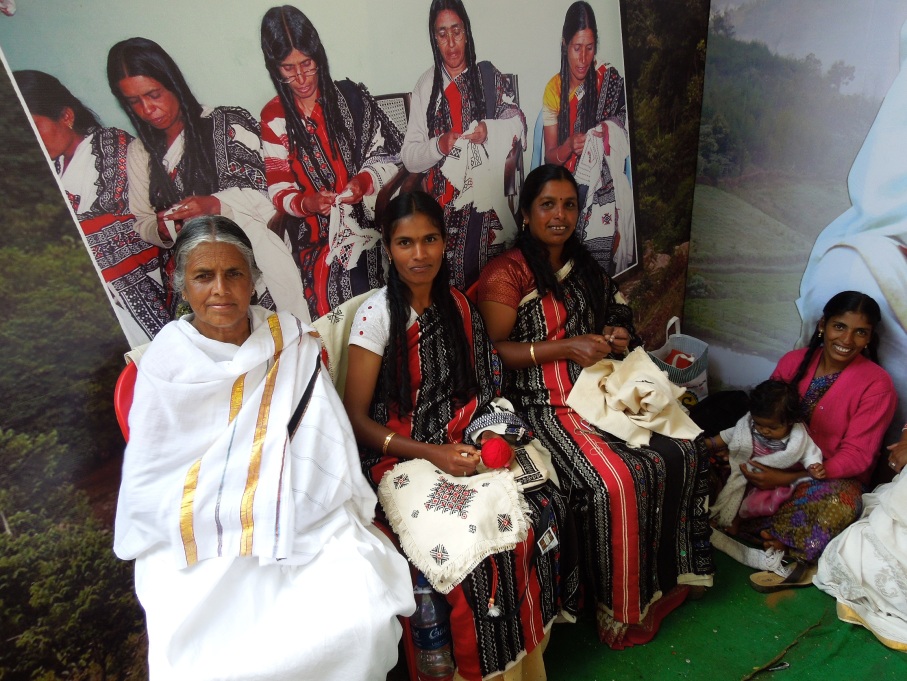
-
Beautiful ladies from the Toda tribe in Tamil Nadu, South India. During the Ooty flower show, the tribes that live in the Nilgiri Mountains put up stalls in the Ooty Botanical garden where I got to meet them. They educated about their lifestyle and sold handcrafted goods to mostly tourists from other parts of India. Today, there are just about 1000 Toda left, who preserve their language and their religion, which is a mixture of Hinduism and traditional beliefs focused on the buffalo. The buffalo is highly respected, as the Toda mainly earn their livelihood from selling or trading dairy products. The government of Tamil Nadu supports them by reforestation projects and protecting their exclusive right to sell traditional embroidery items so that non- tribe members can’t profit off of duplicate items.
Inefficiency
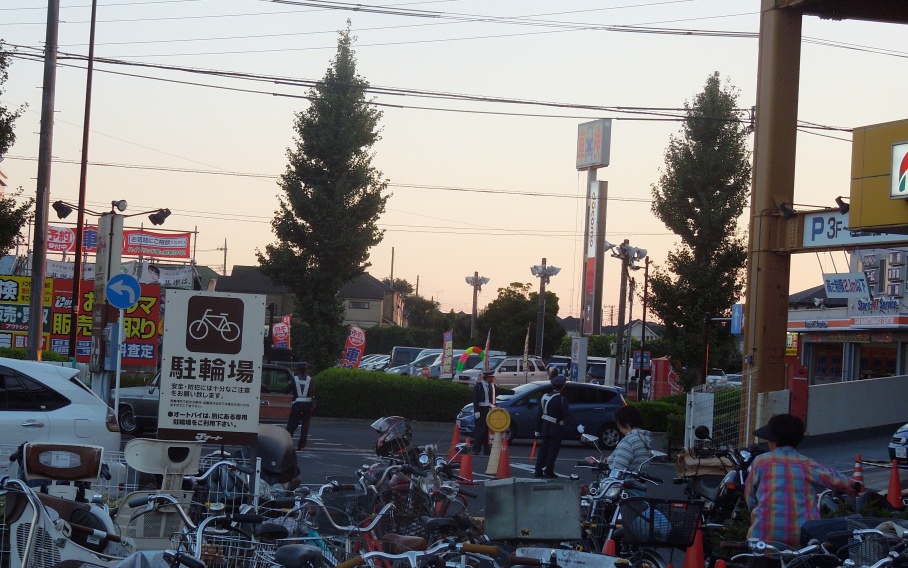
I wrote this paper in my class “Introduction to Japanese Society” and even though it is largely negative, the professor gave me 10 out of 10 points, so I thought might as well post it here. Shocks me how German I am sometimes.
On the picture you see three of the guards on the parking lot of J Mart on Tōhachi Dōro. That day I counted 7 guards there, on another day 6, so I assume this situation was not exceptional. They guide vehicles, bicycles and pedestrians on and from the parking lot. There is a specifically marked walkway for pedestrians and cyclists and then there are two entrances for cars which are marked by signs and pylons as well. The guards have flashing vests and a flashing stick, they wear a uniform with a cap which resembles a policeman’s uniform.
The thought that immediately came to my mind when I saw this, was that it was extremely unnecessary and inefficient to have this many guards for one parking lot. There is a traffic code that regulates who has the right of way and there are ample signs for each traffic participant. Employing this unnecessary number of guards would therefore not only be unresourceful, but also hinder the natural flowing of traffic. Even more, this sight makes me think of the constant controlling and patronizing of the public, one is subjected to in Japan.
Obviously, I can only compare these impressions to the countries I have lived in, which are Germany and India. To see any private guards in the public in Germany is extremely rare, and in the cases there are some, they would not be wearing uniforms of this military style but rather some simple black overalls. In India it is far more common, also for the guards to wear uniforms. Even though I have never seen in India guards so abundantly employed for the simple task of guiding cars on a parking lot, they would mostly only be employed if there is actually something to guard.
Why I feel that this situation is a portrayal of inefficiency in the Japanese society is not happening in a vacuum, I have had some other experiences where sometimes it really disturbs me to see this display of unresourcefulness or illogic, seen from my German point of view. Things as paper sizes or the opening directions of cupboard doors not being normed and regulated, unnecessary formal and inefficient dorm meetings or ceremonies are so small in reality, but they make things unnecessary difficult. Even though it is apparently very beloved to Germans and Indians alike, to categorize and norm things as well as to make work processes more efficient and effective, my secret observation is that this stems from the desire to make things easier in the long turn. There is an ironic saying in German which goes: “Why make it easy, when you can make it difficult”, that I am often reminded of these days.
Discussing my views with some Japanese friends, and also reflecting on my inevitably biased view of these events, I am aware that there are many ways to interpret this situation. As to my experience, my Indian friends did not equate the presence of private guards in the public with inefficiency of work distribution or patronizing of the public sphere, but rather with the feeling of reassurance that there was someone of authority present, who would watch out for everything to go its right way. My Japanese roommate did not think of the employment of seven guards at once as a waste of resources, but as giving retired elderly men the opportunity of working and therefore self-reliance. It could also be interpreted as a relieving sense of safety at the presence of an authoritative figure caring for the well-being of all road users, and the uniforms could be interpreted as simply being used for easy detectability and not as to claim authority. So in conclusion, this difference of perception not only shows how our upbringing in a particular culture forms how we evaluate one and the same situation so that we might end up seeing something completely different from the other, but as well how we will judge the same phenomenon to mean something completely different in our specific view of the society around us.
Wahre Kunst aus Deutschland
Architecture in Ueno Park
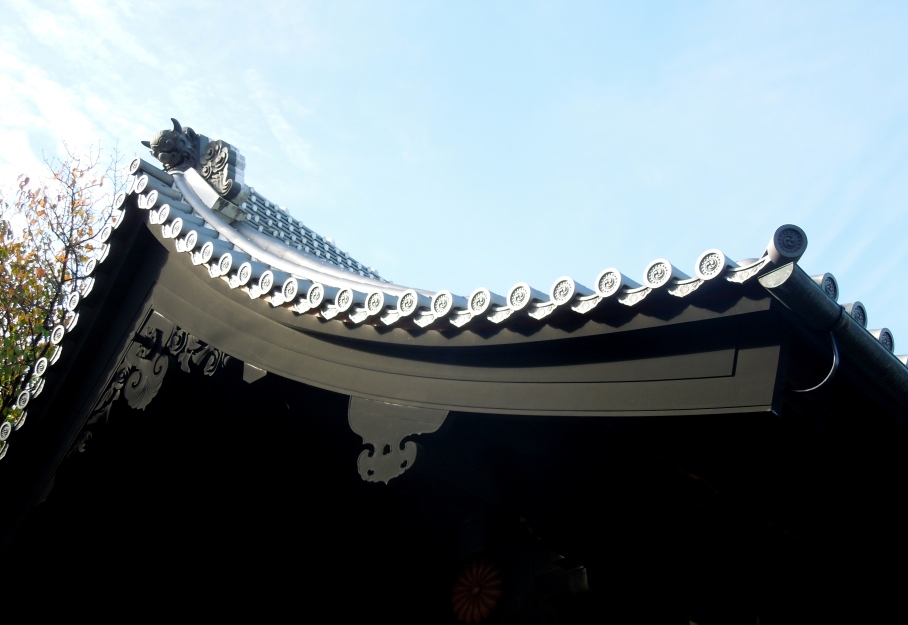
Original Gate from Edo Period

Lantern at a Buddhist Temple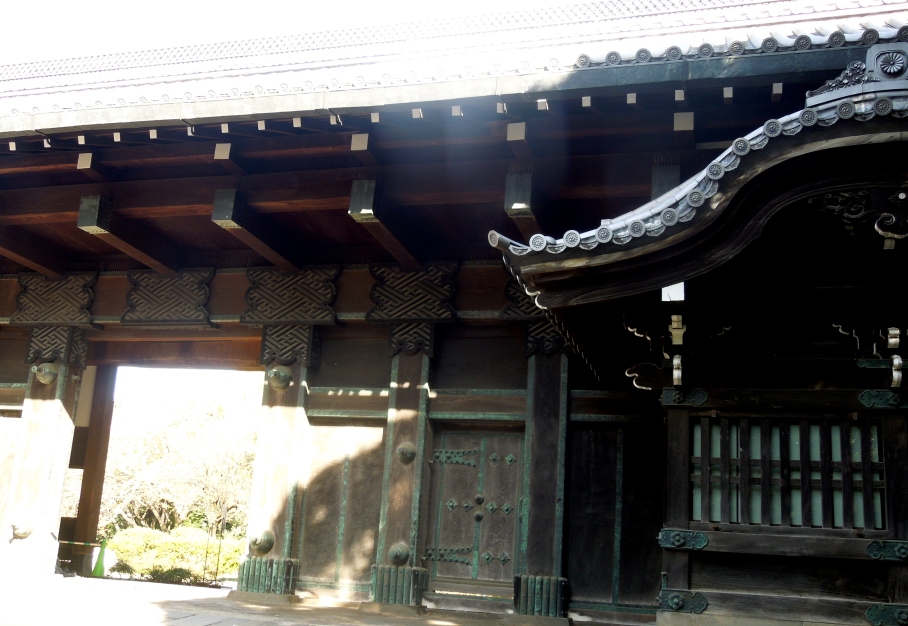
Another original wood gate
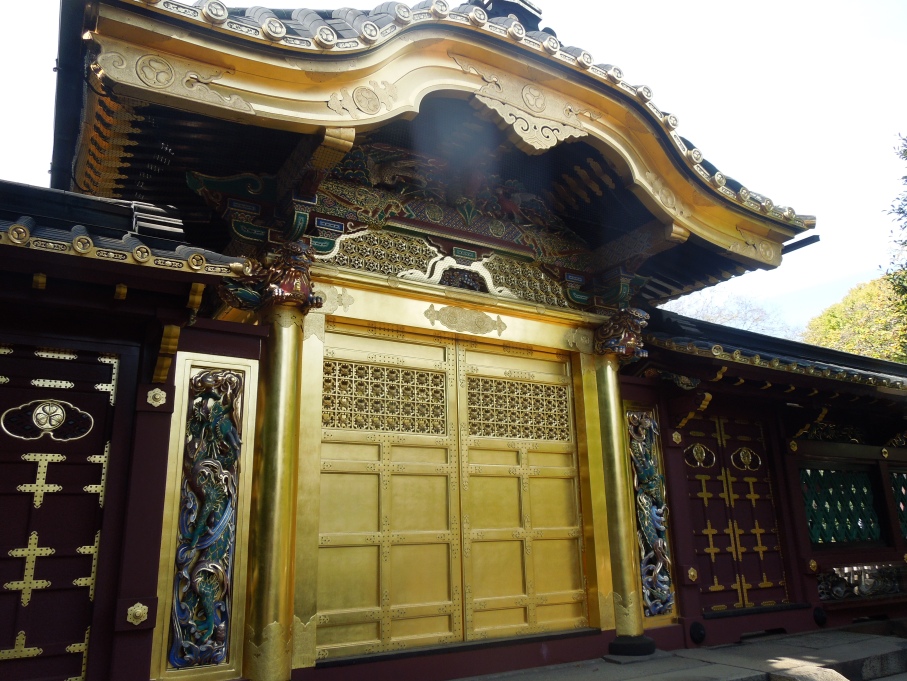
Gate at a Shinto Shrine
Tokyo Tour of Buddhist Temples
Gestern habe ich an einer Tagestour durch buddhistische Tempel in Tokyo teilgenommen, die ein Lehrer meiner Uni in Berlin durchgeführt hat. Auch wenn es sehr anstrengend war, den ganzen Tag zu laufen, denn wir hatte einen sehr straffen Zeitplan, bin ich doch froh dass ich mitgegangen bin. Ich habe viel gelernt über Geschichte, Architektur und buddhistische Praxis.
Shibamata 柴又
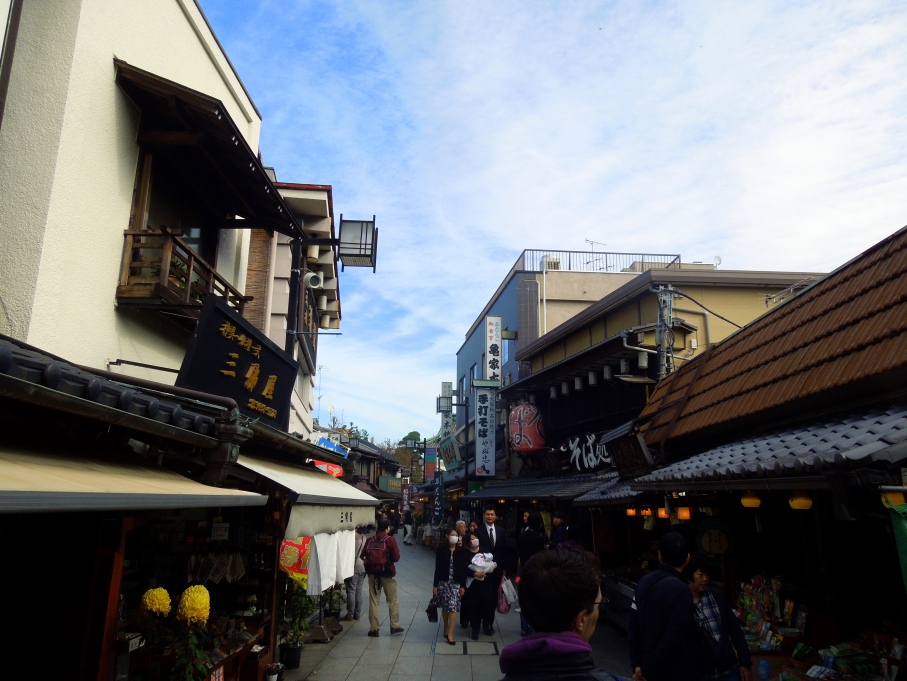
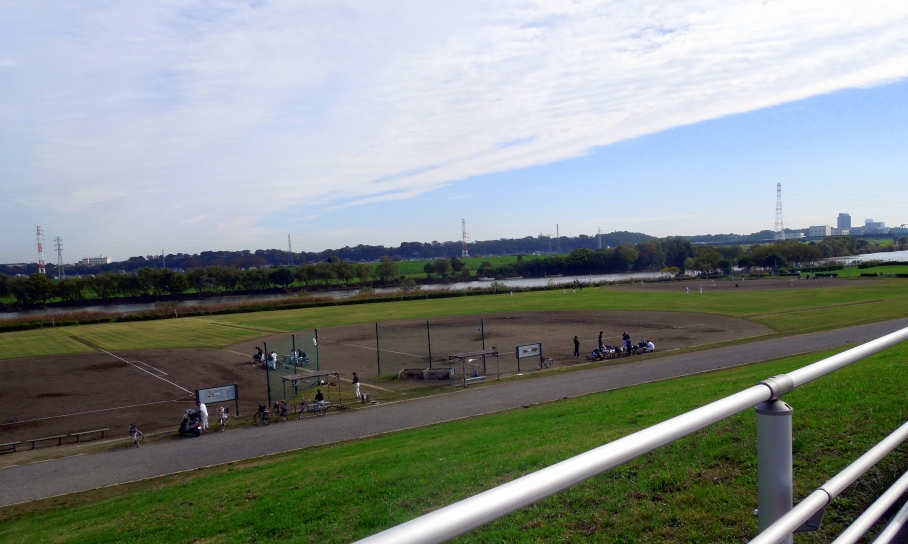
Baseball Training am Fluss
Taishakuten 帝釈天
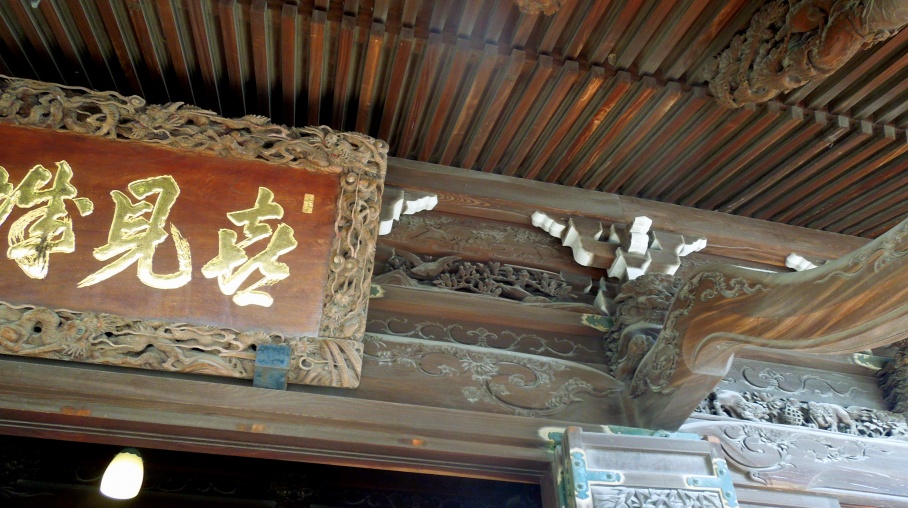
Dieser Tempel wurde größtenteils aus Holz gebaut und ist mit vielen aufwändigen Schnitzereien versehen.
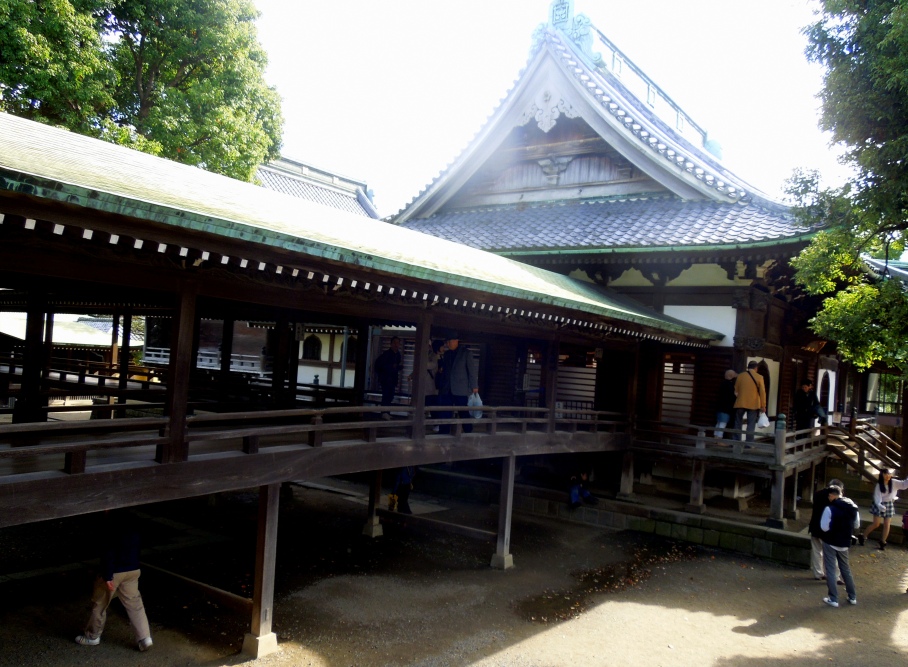
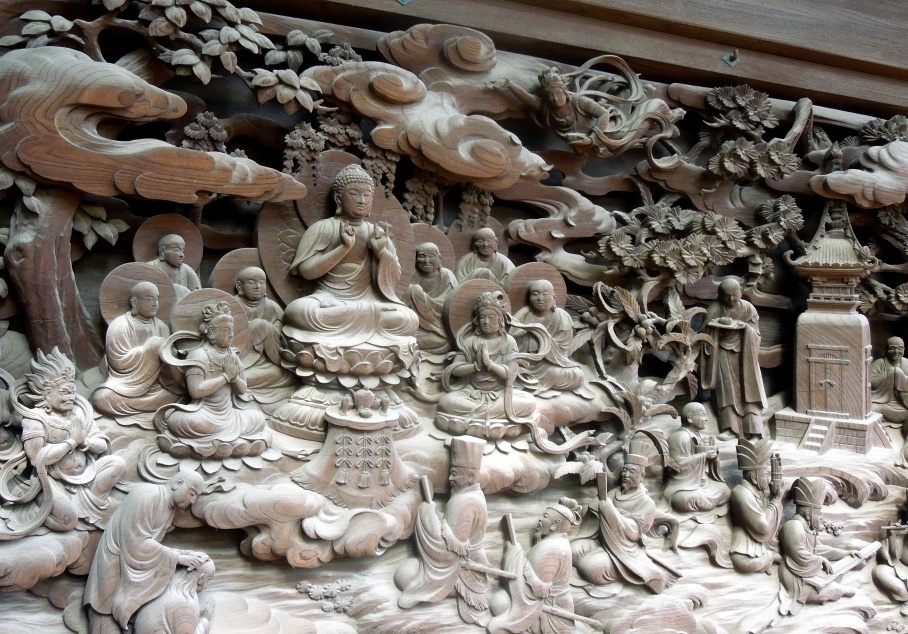
Mehrere große geschnitzte Wandbilder zeigen Geschichten aus dem Lotussutra, sie sind alle aus dem Holz des Keyaki Baumes (Japanische Zelkove) geschnitzt.
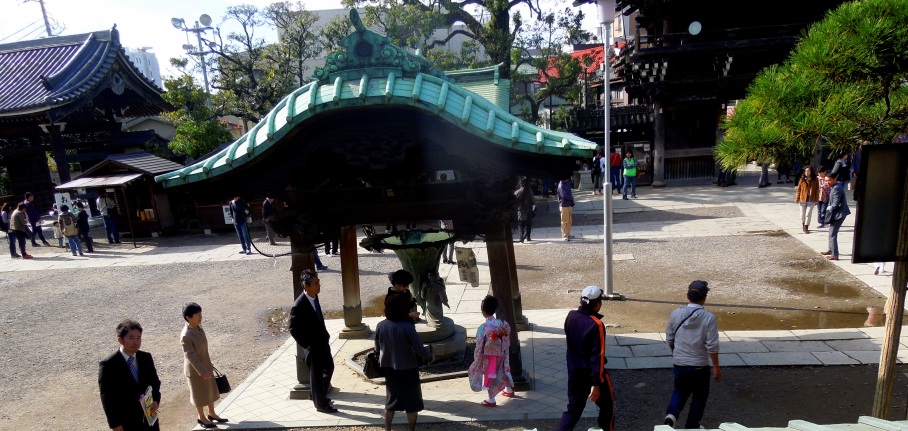
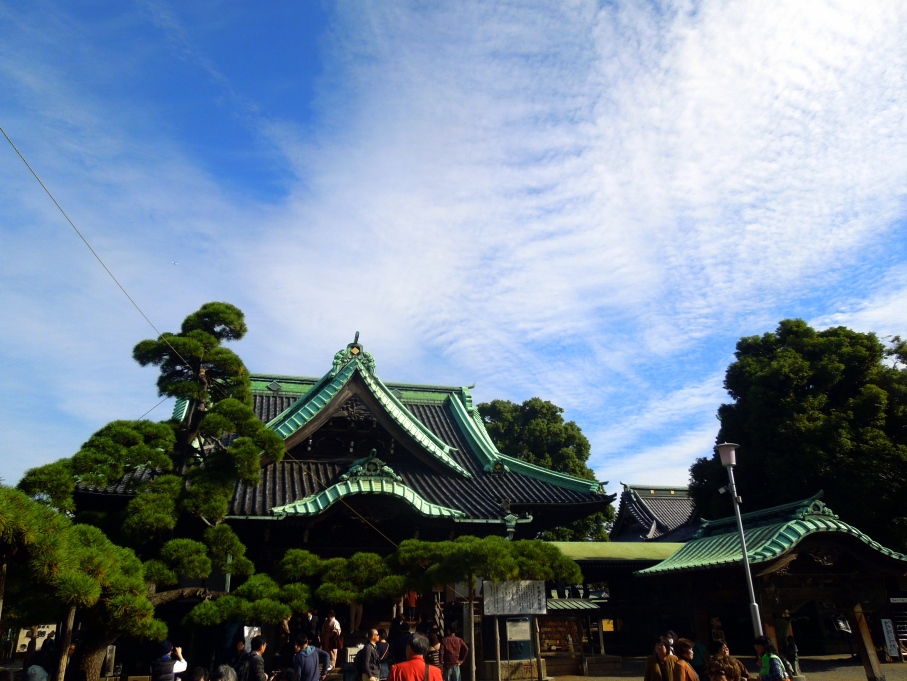
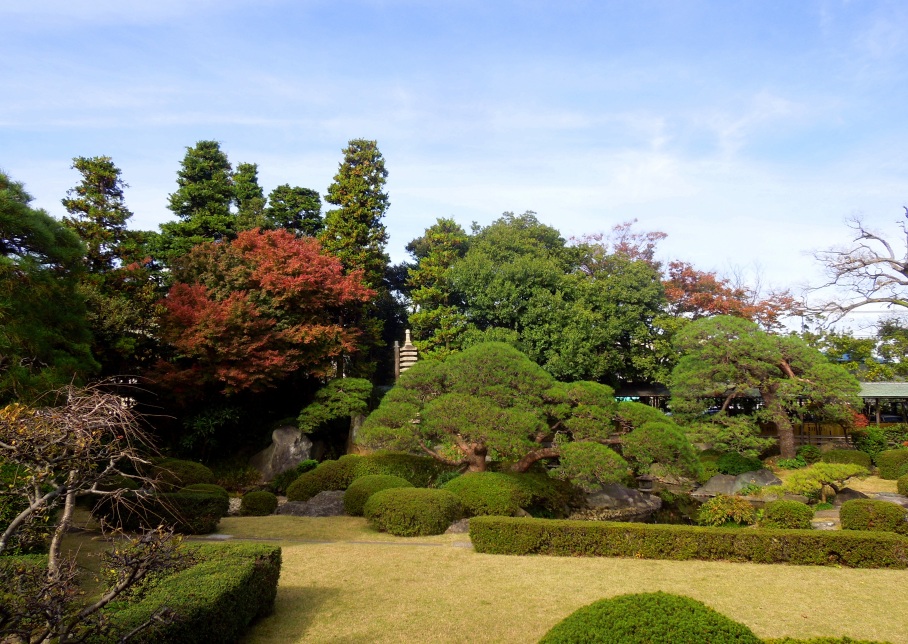
Tsukiji Honganji 築地 本願寺
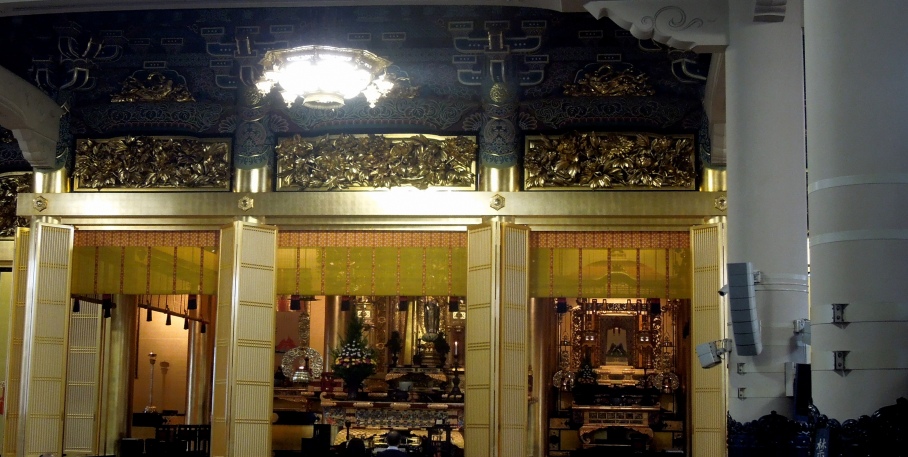
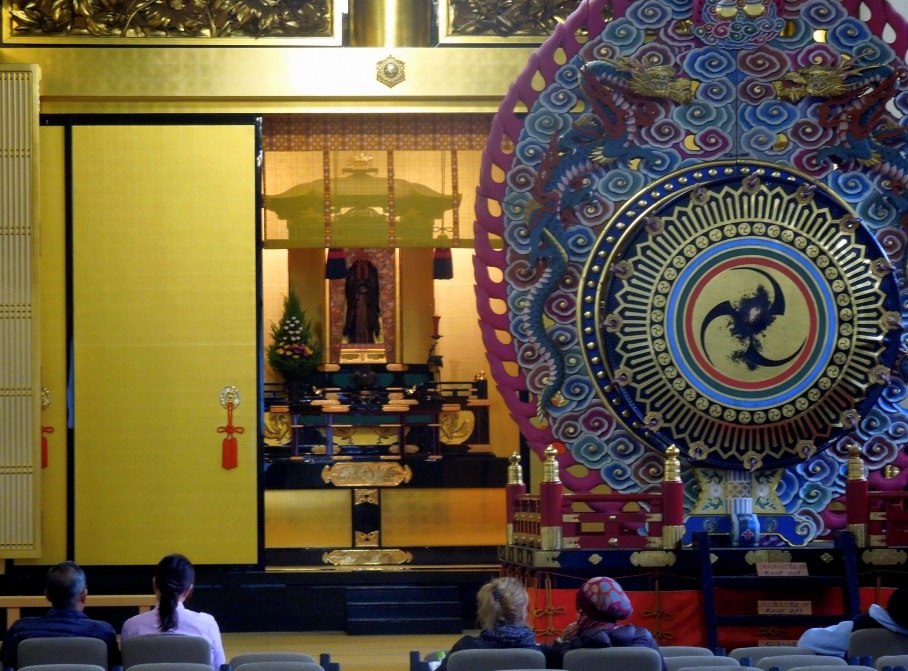
Zojoji 増上寺
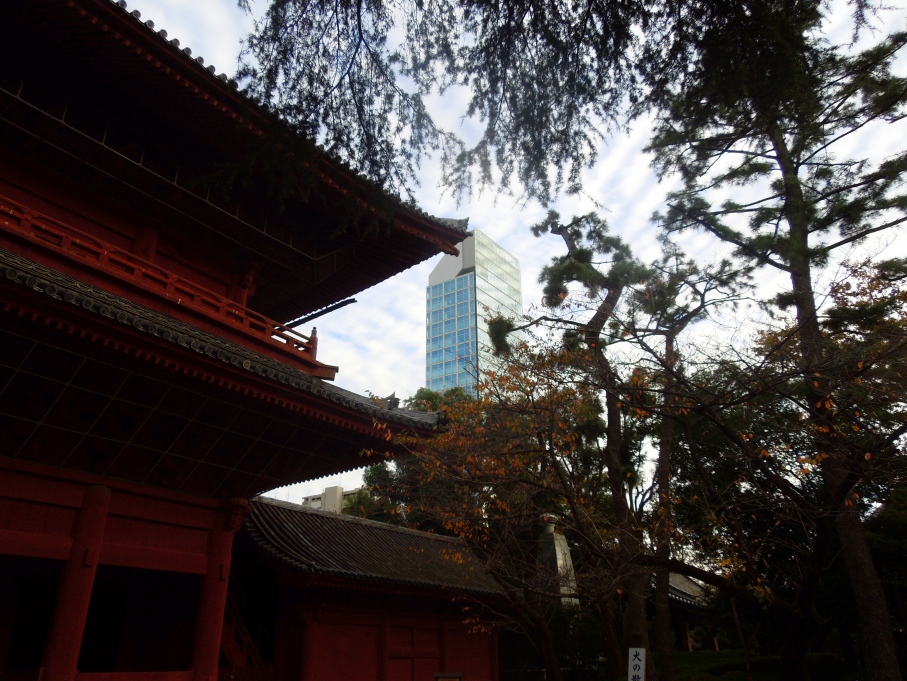
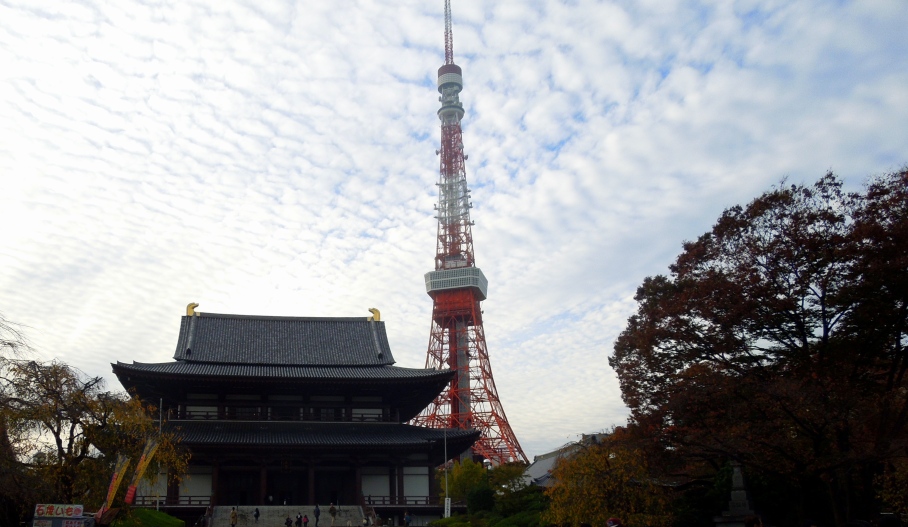
Im Hintergrund der Tokyo Tower
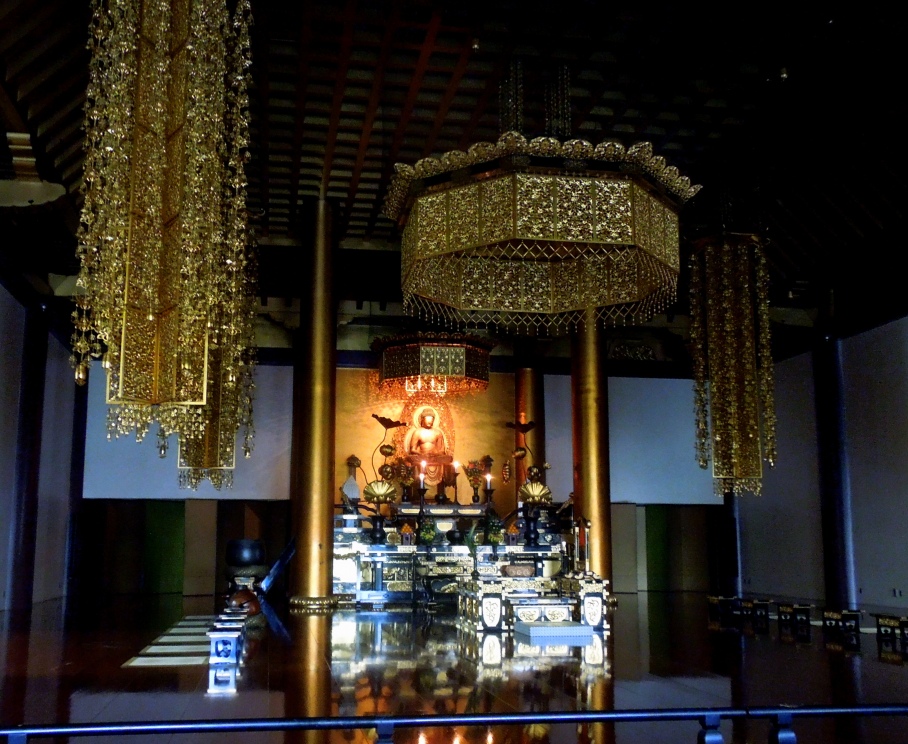
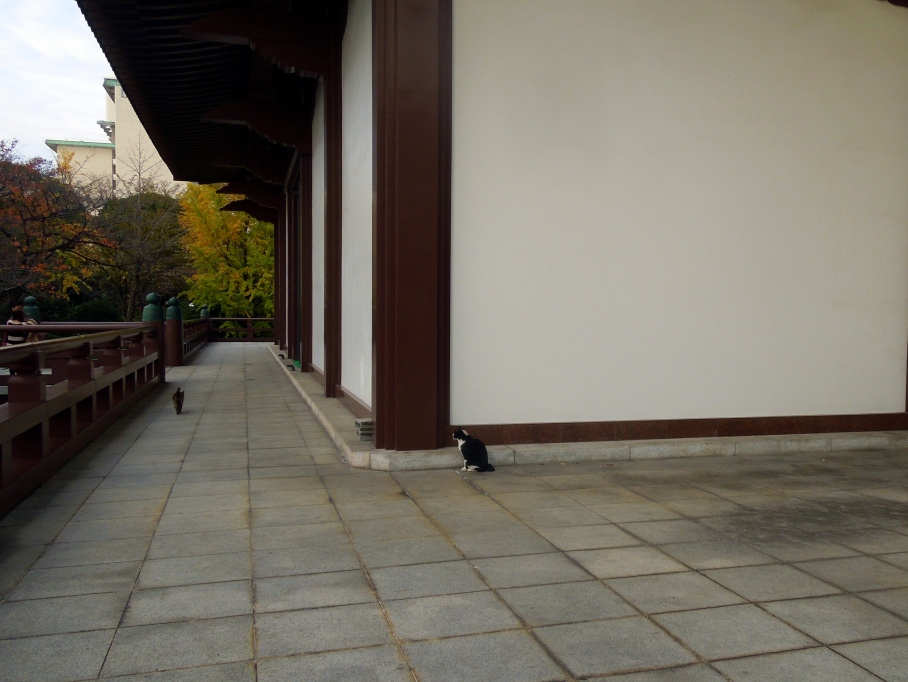
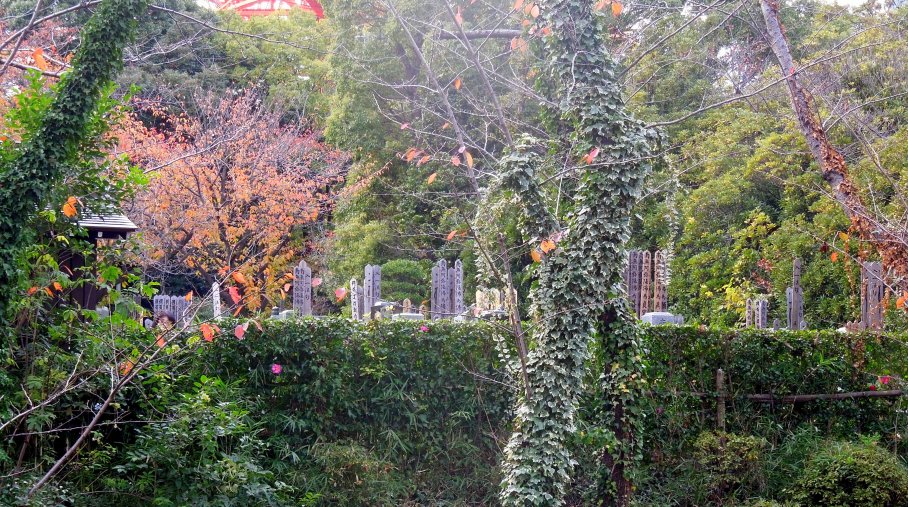
Das ist ein buddhistischer Friedhof hinter der Hecke.
Zum Abschluss waren wir abends noch in einem Zen Tempel und haben von einem Mönch über sein Leben erzählt bekommen und konnte viele Fragen stellen, das war sehr interessant.

